Vintage 1970s Photos Show Lost Sites of NYC's Lower East Side
A quest to find his grandmother's birthplace led Richard Marc Sakols on a mission to capture his changing neighborhood on film.


Paris-based photojournalist Steven Wassenaar, a contributor to Untapped Cities who previously showed us life amidst war on the border of Syria and Lebanon, shared with us this photo series he took three years ago at an editorial meeting in the Paris headquarters of Charlie Hebdo, the satirical magazine attacked on the morning of January 7th, 2015. When we saw these images Wednesday afternoon, it brought to life the individual tragedies that now form the raison d’etre for the solidarity expressed on the global stage. It seemed only fitting a few hours later to see New Yorkers and French expatriates put faces to the tragedy in a gathering in Union Square on Wednesday night. Photographs of the eyes of the victims, printed in a style reminiscent of French artist JR’s “Women are Heroes” in the Providência favela of Rio de Janeiro, were held up. “Je Suis Charlie” signs and chants of “We are Charlie” echoed.
Maybe this expression has prominence because the victims were public figures, or because the messages of Charlie Hebdo were consumed by a collective nation. But it gives us pause as journalists. How can we strive to make reporting of such tragedies more than just numbers?
At Untapped Cities, a good percentage of our team is from France–either living there or working here in the United States, including illustrator David Cessac who passed in 2014. We are Charlie too, and we hope this photo series from Steven Wassenaar inside the headquarters of Charlie Hebdo can highlight even more, the people lost yesterday. Incredibly, Charlie Hebdo will release its next issue on schedule, with an increased print run of 1 million copies next Wednesday.
 Georges Wolinski (left), Jean Cabu (right) killed
Georges Wolinski (left), Jean Cabu (right) killed

Jean Cabu, killed
Steven writes, “Exactly three years ago I spent four days photographing the daily life at Charlie Hebdo. It was one of my best moments as a photographer. They had so much fun, laughing all the time while working, they were friendly, warm and intelligent. Welcoming and interested. I will not forget Charb, Wolinski and Tignous. And especially I remember Cabu, who was one of the friendliest men I have ever met, delicate, amazingly young at 77 years. What a monster one has to be to be able to kill such a gentle old man, such a fine artist. Devastated.”
Scroll through the slideshow, for more photographs including the policemen who guarded some of the staff day and night:


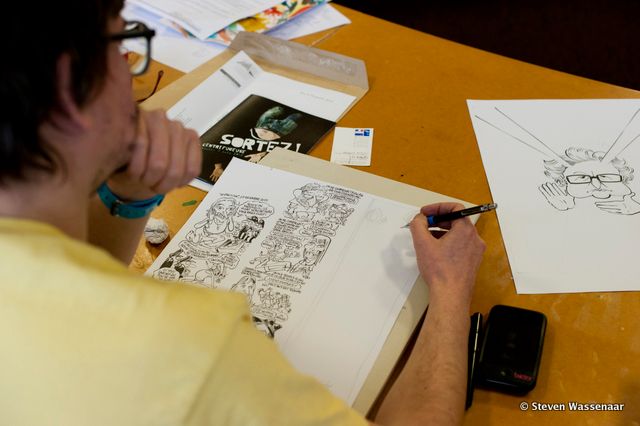
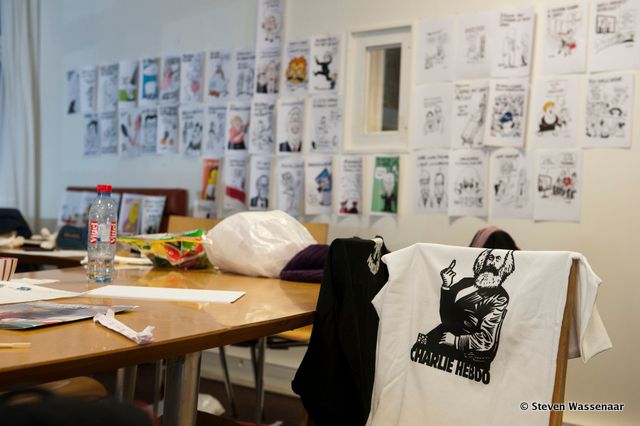
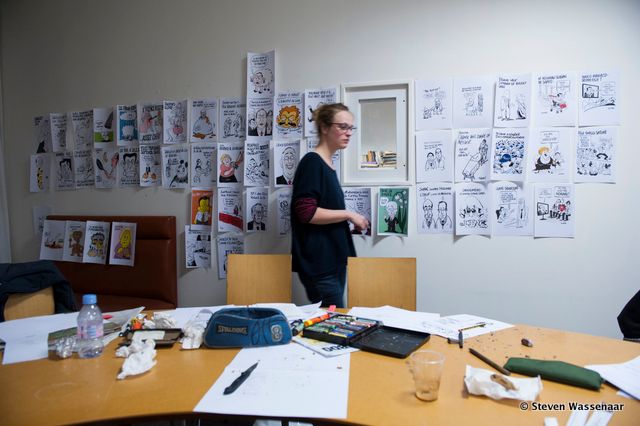
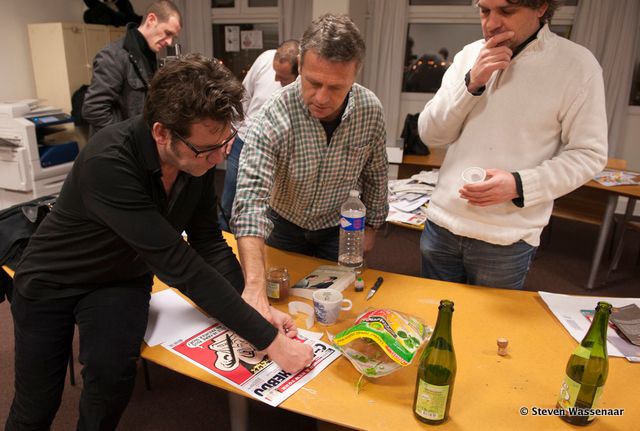
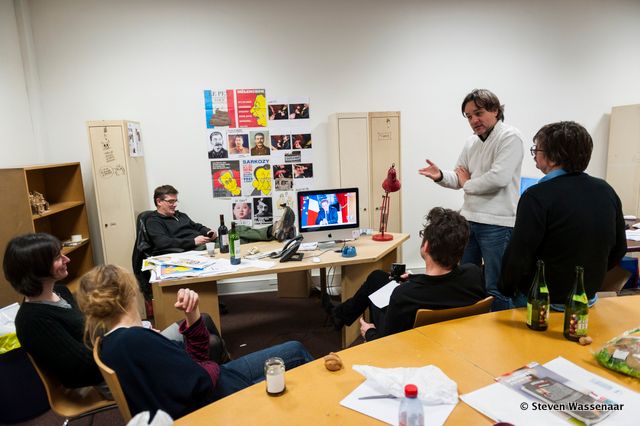


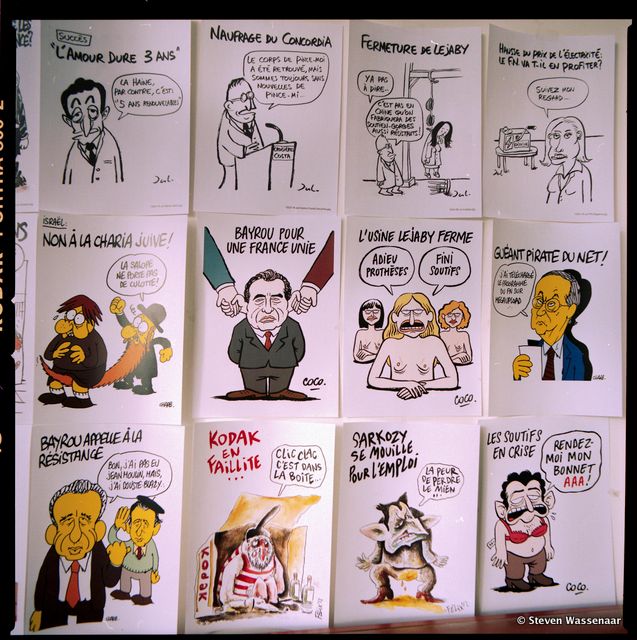
This article will also be republished in French, shortly.
Subscribe to our newsletter